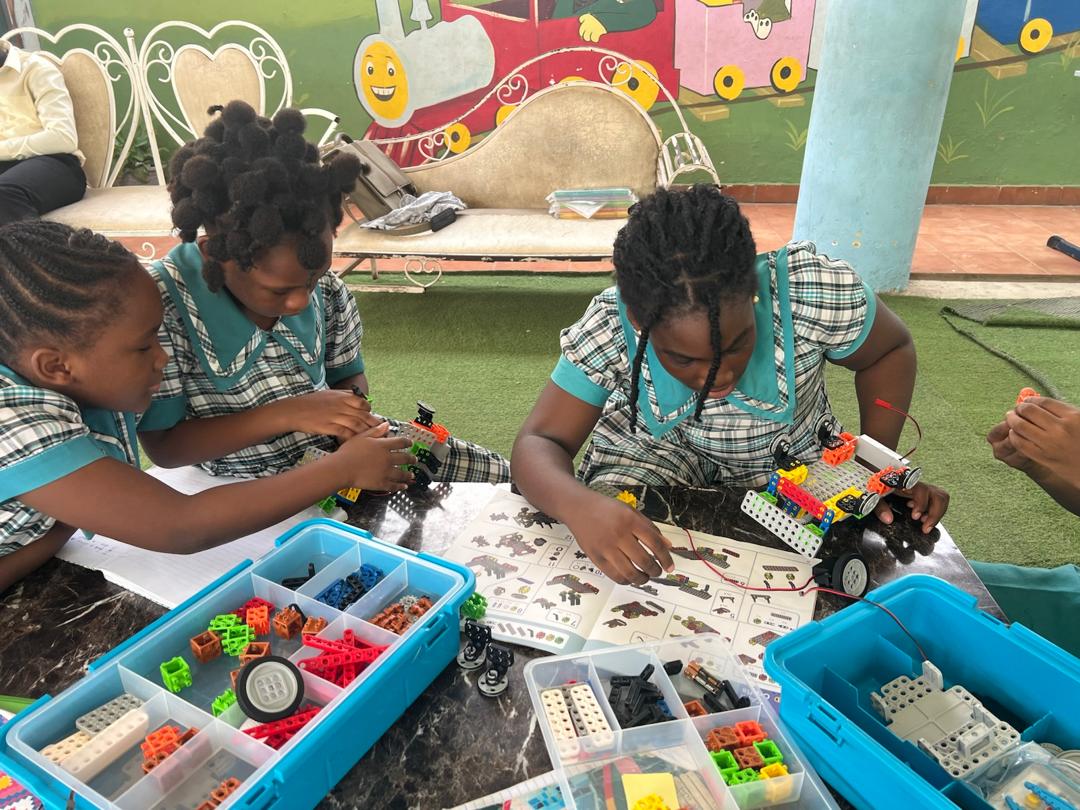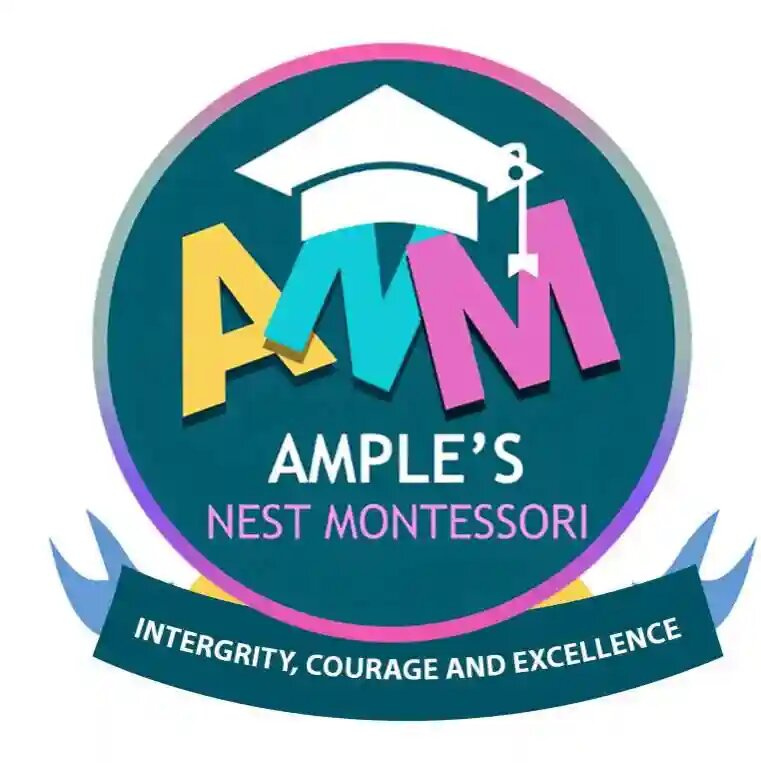Course DetailsHome / Courses Details
STEAM
Overview:
The STEAM Education course at Ample’s Nest Montessori is designed to ignite students' curiosity and foster critical thinking by integrating the fields of Science, Technology, Engineering, Arts, and Mathematics. Through hands-on activities, projects, and real-world problem-solving, students will explore how these disciplines interconnect and come to life. The STEAM approach encourages innovation, creativity, and collaboration, giving students the tools they need to become the thinkers, creators, and problem-solvers of tomorrow.
Students will engage in both individual and group work, using modern tools, technology, and artistic expression to solve complex challenges. This course focuses on developing a growth mindset, resilience, and adaptability—skills essential for success in an increasingly complex, technology-driven world.

Introduction to STEAM
- Understanding the core components of STEAM (Science, Technology, Engineering, Arts, and Mathematics)
- Importance of interdisciplinary learning and real-world applications
- Collaborative approach to problem-solving
Exploring Science and Engineering
- Simple scientific experiments and investigations
- Building prototypes using basic engineering principles
- Exploring physics concepts (forces, motion, energy) through hands-on projects
Technology and Innovation
- Introduction to coding and programming (using beginner tools like Scratch or Python)
- Exploring robotics and automation through kits and interactive tools
- Using digital tools for design, such as 3D modeling or graphic design software
Mathematics in Action
- Applying mathematical concepts to real-world problems
- Data collection, analysis, and interpretation
- Exploring geometry and measurement through construction and design projects
Art and Creativity in STEAM
- Integrating creativity and design thinking into scientific and mathematical challenges
- Expressing solutions and innovations through art, sculpture, and visual presentations
- Exploring the intersection of technology and art (e.g., digital art, interactive installations)
Collaborative Projects and Problem Solving
- Working in teams to tackle larger, interdisciplinary projects
- Real-world problem-solving (e.g., designing a sustainable community, creating a working model of a renewable energy source)
- Showcasing projects in a class presentation or exhibition
Prerequisites:
- No prior experience required—open to all students with an interest in exploring how the world works!
- A passion for learning and a willingness to engage in creative problem-solving
- Basic computer literacy (students should know how to navigate a computer or tablet)
Resources:
Course Materials:
- STEAM activity kits (robotics, building blocks, science experiment tools)
- Digital tools and software (coding platforms, graphic design apps, 3D modeling software)
- Recommended books and articles for further reading and exploration
Technology Access:
- Classroom tablets, computers, and coding kits
- Virtual field trips or guest speakers from industry professionals (tech, engineering, art, etc.)
Online Learning Platforms:
- Interactive learning tools (e.g., Khan Academy for science/math, TinkerCAD for 3D modeling)
- Collaborative platforms (e.g., Google Classroom, Padlet) for project work
Stats:
- Course Duration: 1 Term (12 weeks)
- Class Frequency: Twice a week (90-minute sessions)
- Grade Level: 5th-8th Grade
- Number of Students: 20 students per class (small group setting)
- Project-Based Learning: 4-5 major hands-on projects during the term
- Showcase Events: End-of-term project exhibition or presentation
